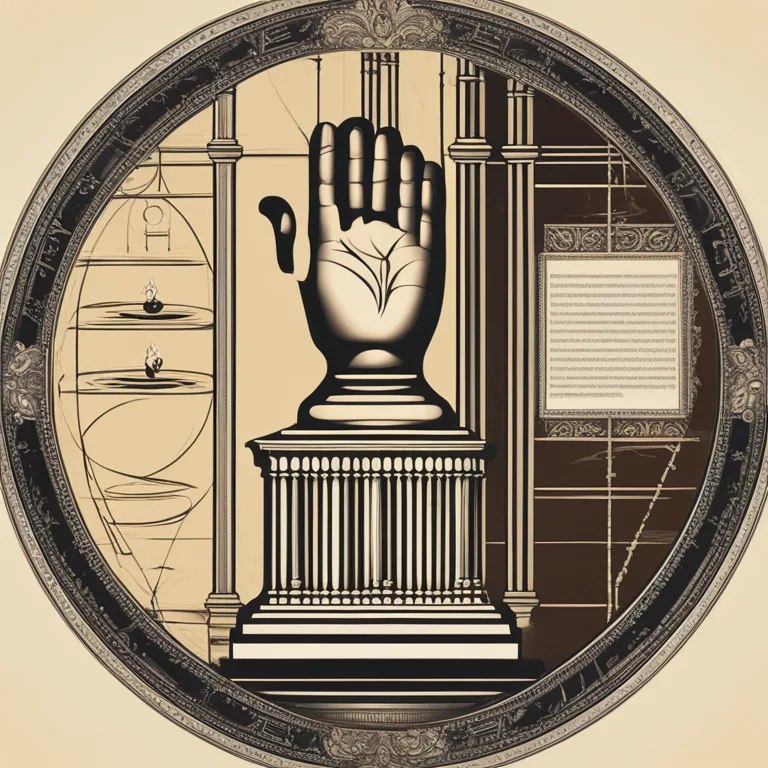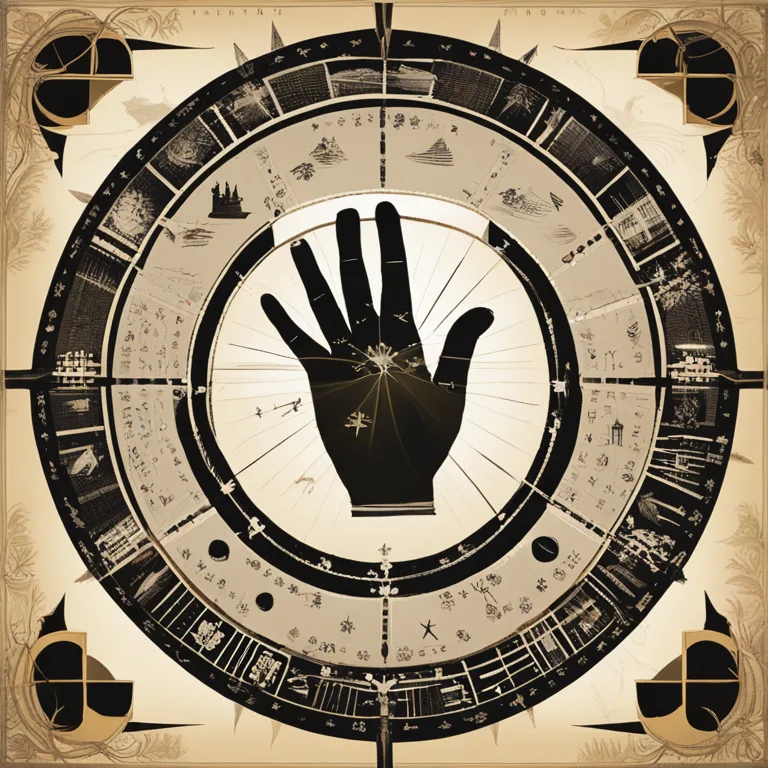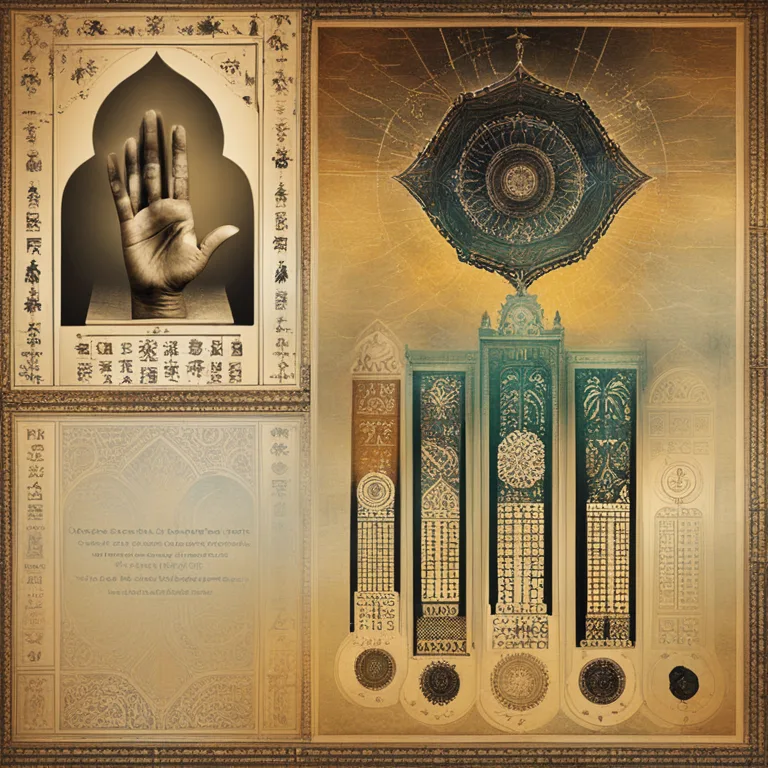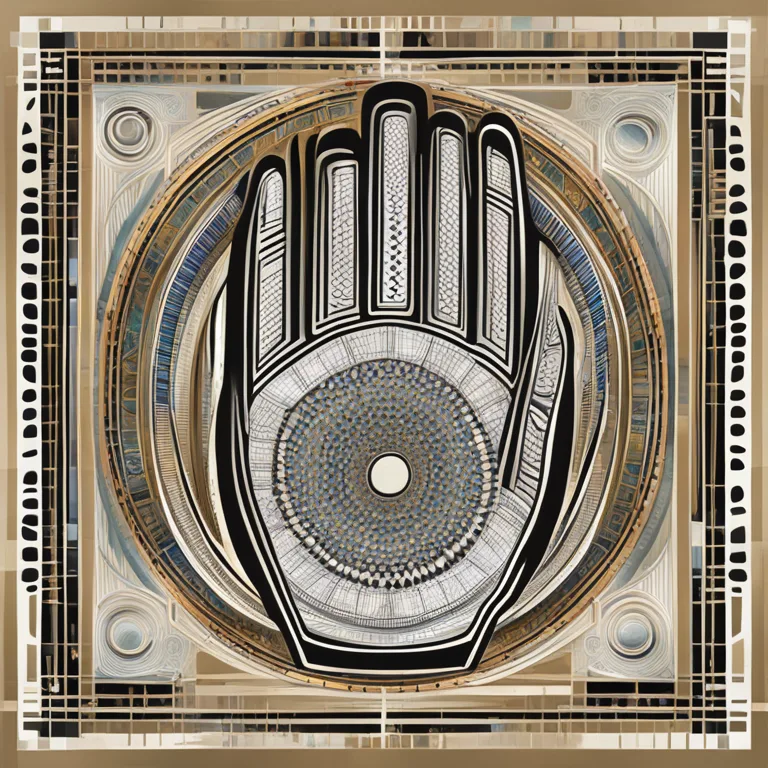
The Origins of Palmistry: A Historical Glimpse
Trace the roots of palmistry through the sands of time in this insightful article that delves into the historical journey of this ancient practice.
article by Nora Pennington
The Dawn of Palmistry
The ancient art of palmistry, also known as chiromancy or palm reading, has mystified humanity for generations. The practice, which involves studying the palms' lines and formations to predict the future and discern character traits, is believed to have originated over 5,000 years ago. Pivotal to ancient civilizations, palmistry was a prevalent form of divination in regions like India, China, and Egypt. The Brahman sages of India are often credited with some of the earliest writings on the subject, where palmistry was interwoven with astrology and spirituality as a guide for life.

Cross-Cultural Expansion of Palmistry
Palmistry did not remain confined to its birthplace for long; it soon spread to other cultures and regions through trade, conquest, and migration. The practice captivated the Greek philosopher Anaxagoras, which marks its presence in Western thought and society. Later, during the Middle Ages, palmistry underwent a period of suppression, viewed with skepticism by the church. However, the art persisted, often practiced clandestinely, demonstrating an indomitable human desire to seek knowledge of the future.

The Renaissance and Palmistry
The Renaissance sparked a renewed interest in many forms of divination, including palmistry. This period of enlightenment and examination led to a more structured and scholarly approach to palm reading. Figures such as Paracelsus and Johannes Hartlieb studied palmistry in-depth, contributing to its legitimacy and recording their insights, thus playing a pivotal role in the preservation of the art's techniques and principles for future generations.

Modern Adaptations and Understanding
As we progressed into modern times, the approach to palmistry continued to evolve. Advances in psychology brought about new interpretations as psychoanalysts like Carl Jung acknowledged the potential of palmistry in understanding the subconscious. Today, the practice is seen in both esoteric and psychological light, merging introspection with tradition. In the 21st century, palmistry has managed to both adapt and maintain the mystic allure that has captivated humankind from its origins.

The Digital Age and Palmistry
In the digital age, palmistry has transformed once more, moving beyond the traditional one-on-one reading format. Websites, apps, and online forums now offer palmistry services, attracting new audiences and making the practice more accessible. The intersection of technology and ancient wisdom offers personalized readings at the click of a button, making palmistry a practice not just of the past, but of the future.
Published: 1/3/2024
Modified: 1/3/2024
More predictions
Come back here soon to learn more about yourself and your future



